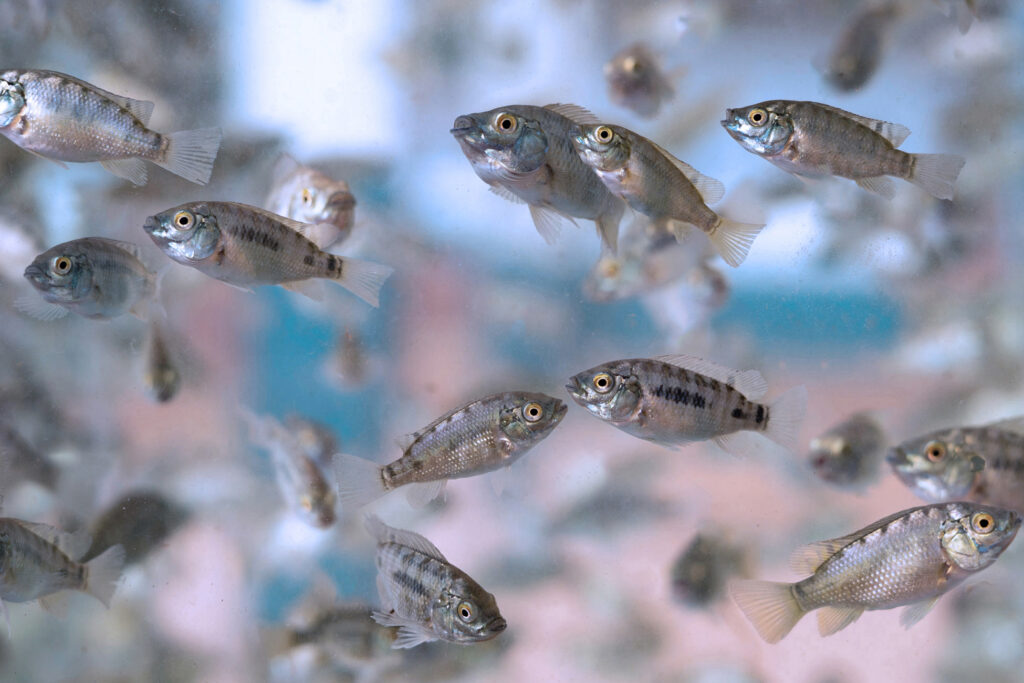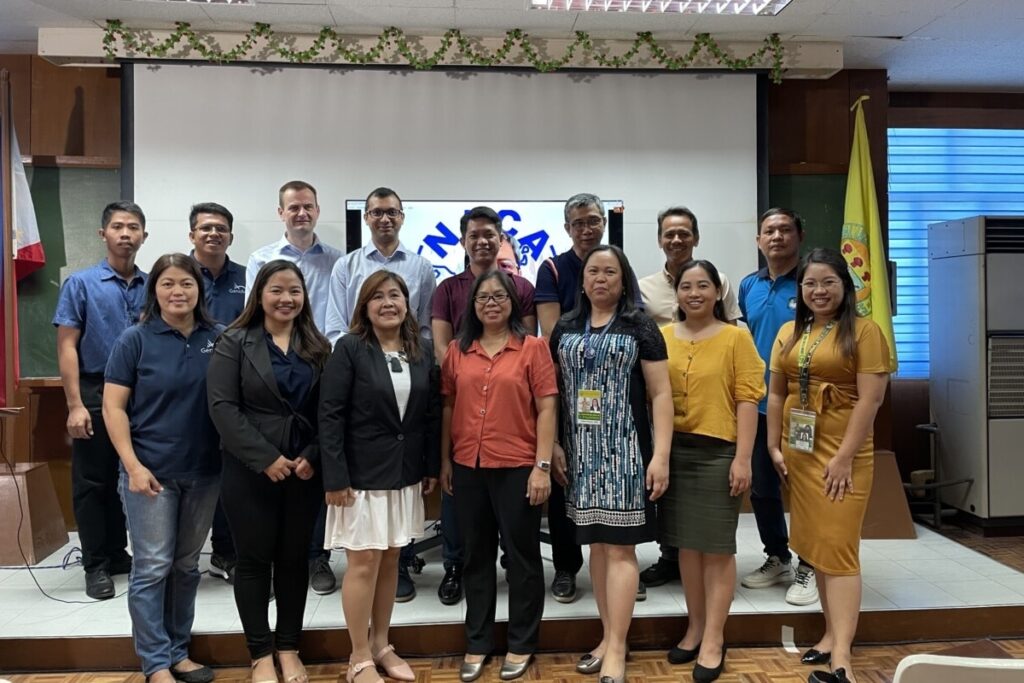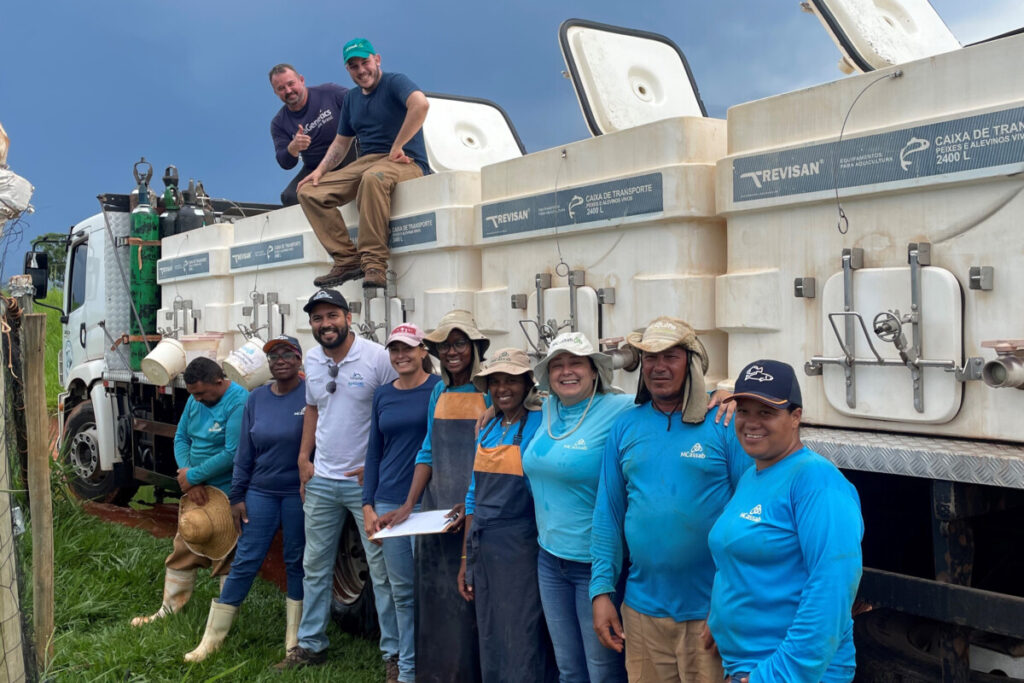
GenoMar has been awarded a three-year innovation grant from the Research Council of Norway. The funding will support the development of imaging technology and machine learning to enhance fillet yield in tilapia.
The project, running from 2025 to 2027, will apply medical-grade CT (Computed Tomography) scanning and advance algorithms to accurately measure several novel tilapia carcass traits. These data will be correlated with yield of edible meat and health traits and utilized in selective breeding for improvement of yield without compromising on welfare.
Fillet yield 1.0 – Selection for fillet yield 2006-2024
Selective breeding is one of the most effective methods to increase productivity and efficiency in any type of crop. The gains achieved are permanent and accumulative over generations if selection decisions are taken professionally using accurate information.
To support the rapidly growing demand for tilapia fillets that emerged in North America in the early to mid 2000’s, GenoMar introduced selecting for fillet yield in 2006. Until then, the company’s main selection objectives were the “farmer’s traits”: growth and robustness. The yield of edible meat is more of a “processor trait” and had not been in focus as most fish was marketed whole in global markets.
Furthermore, selection for fast growth did not automatically translate into consistent increases in fillet proportions.
“Heritability for yield is low and genetic correlation between growth and yield are also low. So far, selection efforts have resulted in a modest increase in fillet yield“
Fillet yield 2.0 – 2025 forward
New phenotyping methods such as CT scanning opens opportunities for increasing the rate of genetic gain for yield. The method has two advantages over previous methods since it allows for:
- Detailed examination of live animals without the need for slaughter
- Highly detailed and accurate 3D measurements of traits such as muscle volume and proportions
The combination of these two advantages will result in better genetic evaluations, better selection decisions and ultimately faster genetic progress.
“By employing genomics and line breeding methods, we have a very powerful toolbox to make a real difference in the industry in the coming years”
The project built upon a small-scale prefeasibility study conducted in 2021 and 2022, where the company demonstrated that tilapias have suitable anatomies and tissue structures for obtaining high quality CT scans. Bone and skin density is high compared with other fish species enabling the right differentiation of tissues and organs.

“The experiment will take place at GenoMar Genetics breeding facility in Brazil. We are currently raising several thousands of fish from more than 150 families. All fish are CT scanned at around 1 kg, and the top 5-10% ranking individuals are selected for breeding. The process repeats over 3–4 generations until the project is finished”
Benefits of the project
Novel approaches such as image-based analysis, machine learning, and CT scans are promising in assessing carcass-related traits in many species. Breeding programs widely use CT scanning to select for these traits in poultry and pigs.
Researchers have explored a similar approach for aquatic farmed species, but it has yet to be implemented in aquaculture. Depending on the success of this project, tilapia will be a first by including fillet yield using CT for breeding in fish.
“Our goal is to develop genetic products that yield of more edible meat, reduce cost of production and make tilapia protein more affordable”

The Research Council of Norway finances 50% of the project (NOK 2.6 million) and GenoMar Genetics covers the other 50%.




